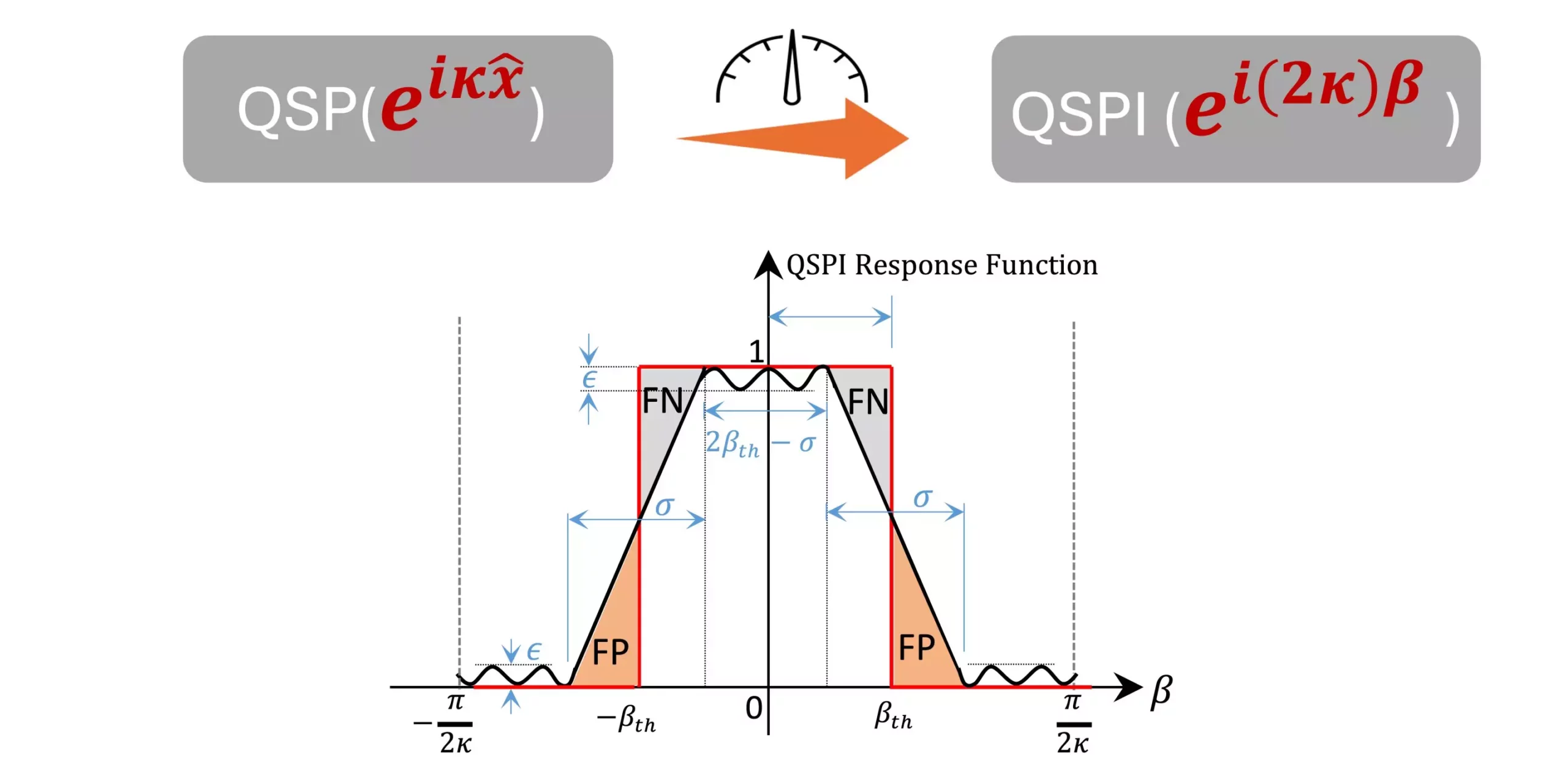The journey towards harnessing quantum mechanics to enhance sensor technology marks an exciting frontier in both engineering and scientific research. A recent breakthrough by a collaborative team from North Carolina State University and the Massachusetts Institute of Technology has unveiled a pioneering protocol that significantly elevates the sensitivity of quantum sensors, a feat that could transform numerous fields reliant on precise measurements. The research underlines the profound capacity of quantum systems and paves the way for future innovations while underscoring existing challenges in efficiently harnessing these systems to detect desired signals.
A Quantum Leap: Redefining Sensitivity
Quantum sensors hold the potential to operate at sensitivities that approach the fundamental limits defined by the principles of quantum mechanics. However, realizing this potential has long been a challenge. The researchers, led by Yuan Liu, have taken a decisive step forward by adapting classical signal processing techniques to the realm of quantum systems. This translational approach is particularly noteworthy; it takes a complex field and simplifies it through well-established engineering principles, thus making it more accessible for practical applications. By transforming an infinite-dimensional quantum system into a two-level qubit, the researchers create a method to finely tune the sensor toward specific signals, which addresses a major limitation faced by conventional sensing technologies.
Decoding Complexity: Algorithms Meet Quantum Physics
Central to this research is the development of an algorithmic framework that connects a qubit, a foundational element of quantum computing, with a bosonic oscillator. This dual system allows for the manipulation of the oscillator’s quantum state in ways that were previously thought to be cumbersome and complex. Instead of focusing on determining the quantities of a target signal, the researchers have cleverly opted for a binary decision-making process. This operational strategy significantly simplifies the challenge of measurement, as it fundamentally changes the way one approaches signal detection.
The approach involves the articulation of a decision question that probes the presence of a specific property in the target signal. By concentrating on the presence or absence of this property, rather than quantification, the sensor can effectively hone in on the signals of interest, thereby increasing its operational efficiency. This paradigm shift not only broadens the potential applications of quantum sensors but also democratizes their usability in various sectors.
Single-Shot Measurement: A New Era of Efficiency
One of the standout features of this new protocol is the introduction of ‘single-shot measurements.’ Traditionally, most quantum measurements require multiple iterations to confirm findings, which can be time-consuming and resource-intensive. The researchers’ method enables a one-time measurement that can yield conclusive insights regarding the presence of the desired target. This streamlined approach holds immense appeal for industries that depend on rapid and accurate data collection, such as healthcare, environmental monitoring, and telecommunications.
The wave function engineering embedded within the protocol reveals yet another level of innovation. By manipulating the bosonic oscillator’s wave function to assume a specific shape, the researchers can create interference patterns that directly correlate to the signal being monitored. This precision is pivotal in extracting reliable data while minimizing the need for complex setups that could hinder the sensor’s deployment in practical scenarios.
Practical Implications and Future Directions
The implications of this research extend beyond theoretical achievement; they provide a robust framework for designing various quantum sensing protocols that can leverage existing quantum hardware, such as trapped ions and superconducting platforms. Such accessibility opens doors for industries to incorporate advanced quantum sensing technology without a steep financial burden, enhancing their operational capabilities significantly.
As quantum technologies continue to evolve, the work of Liu and his team is a clarion call for a deeper exploration into quantum systems’ potential applications. While challenges remain in fully realizing these technologies across various sectors, the groundwork laid by this research offers a promising lens through which to envision the future of precision measurement and sensing technologies. This advancement represents not just a technical improvement but a shift in the paradigm of how we conceptualize and utilize quantum mechanics in real-world applications. The sensors of tomorrow could be far more intelligent, responsive, and effective, confidently stepping beyond the boundaries of conventional sensing limitations.


Leave a Reply